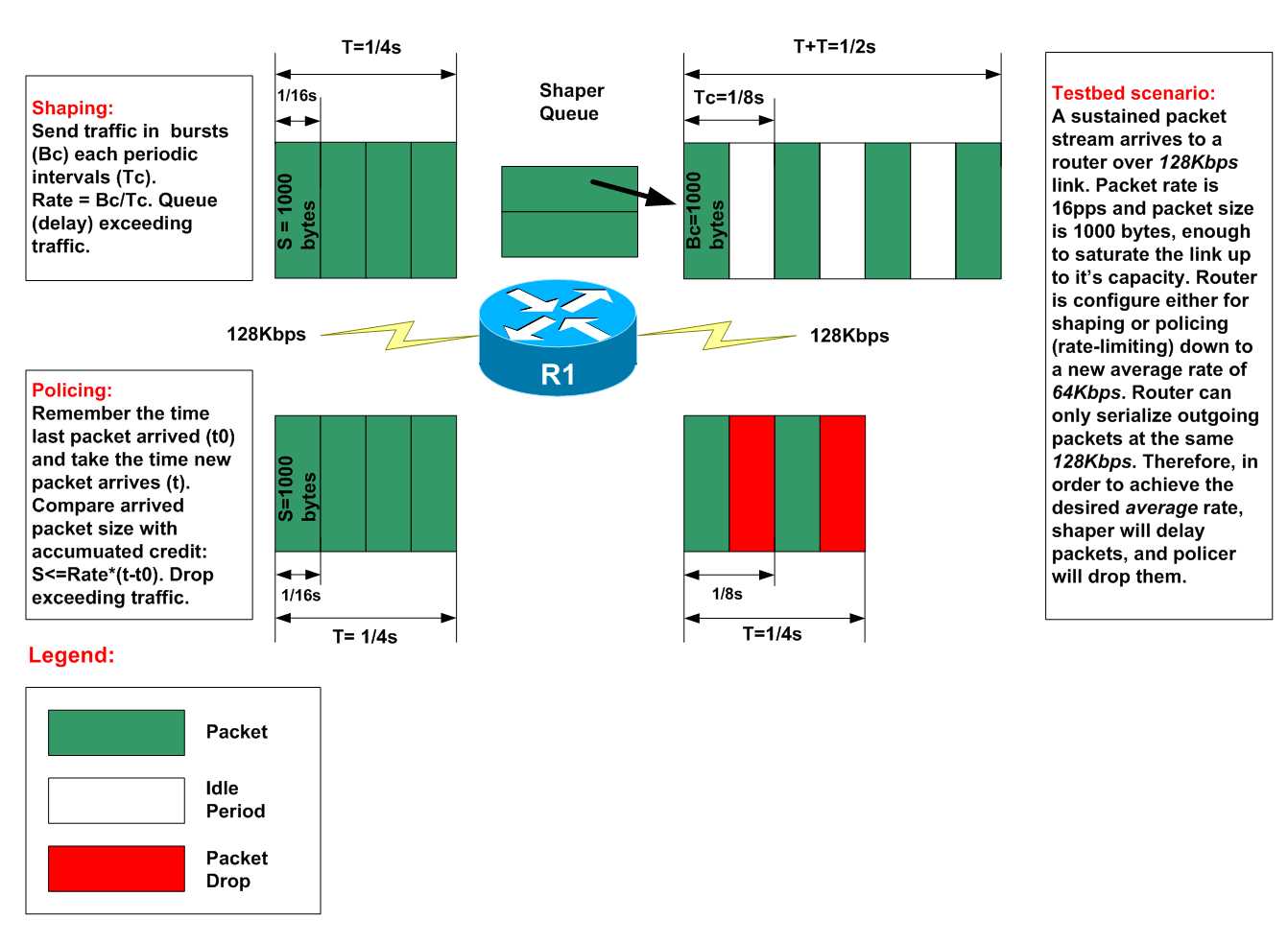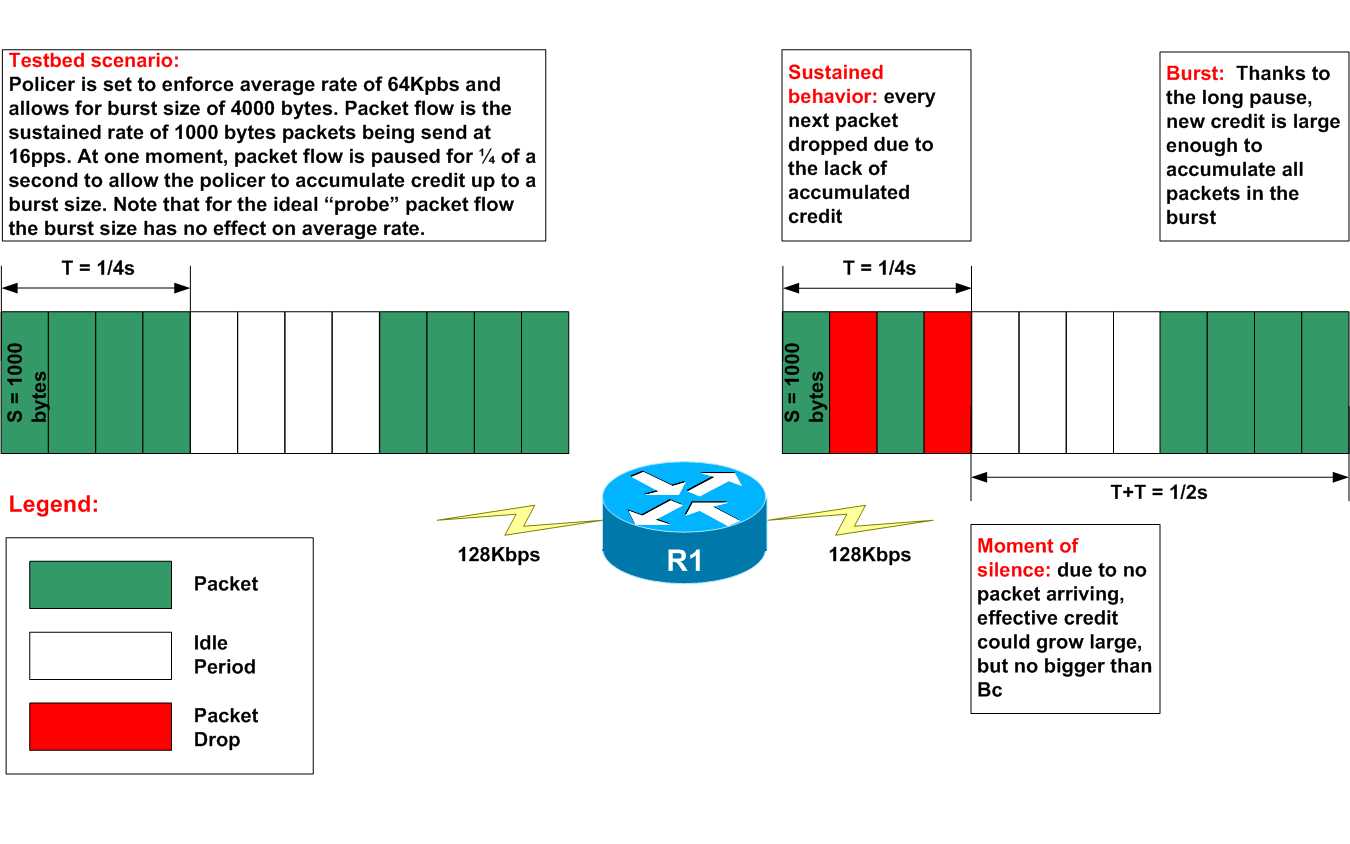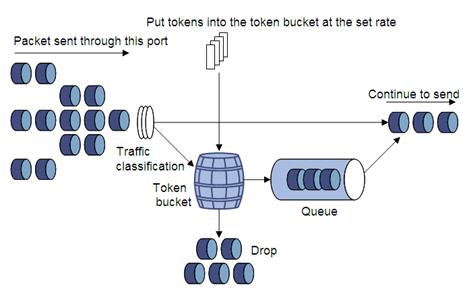Difference Between Traffic Shaping and Policing

Traffic Shaping and Traffic Policing are two different systematic approaches to control the flow of information traffic in a specific territory. In Traffic Policing one network takes steps to confirm to the agreed parameters. On the other hand, Traffic Shaping is used in traffic management for delaying information packets. Both systems help two different networks as well. Different kinds of traffic contracts are signed between networks in order to agree as to what type of traffic is allowed in a specific territory. It is purely related to quality of service and requirements of specific traffic. Bandwidth also comes under quality of service. On a larger scale, traffic engineering considers of Traffic Shaping and Traffic Policing as one of the tools which help them apply certain restrictions at the edge of the networks.
Instructions
-
1
Traffic Shaping
Traffic Shaping is used in traffic management for delaying information packets. It confirms with the desired traffic data profile as it monitors and queues IP packets in transition mode. It also allows specific policy that alters the legacy for transmission. To apply bandwidth limitations based on the configured traffic limits as they queue the packets for bandwidth to lower the demand for future purposes. As the information packet buffers, the required information automatically goes into further selected packets. When the communication line is full, the traffic is temporarily limited for some time for high priority traffic. This task is implemented with lower prioritised traffic with the rest of the non-prioritised traffic. Behind this system, there are plenty of experts which can give you assistance to understand this complex system.
- Image Courtesy: blog.ine.com

-
2
Traffic policing
In Traffic Policing, one network takes steps to confirm to the agreed parameters in the process of monitoring traffic. In this system, the flow of data and information packets is found by simply dropping from a particular level. IP packets in transition modes also interact with other systems to provide you with the exact information from the other side of these systems. This continuous process certainly gives you control over the rate of traffic in a specific territory. In Traffic Policing, different classes of services are also called priority levels. Though policing is done by different methods within a network but still multiple priority levels are also considered for understanding each interface.
- Image Courtesy: h3c.com








